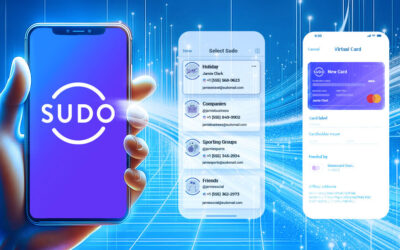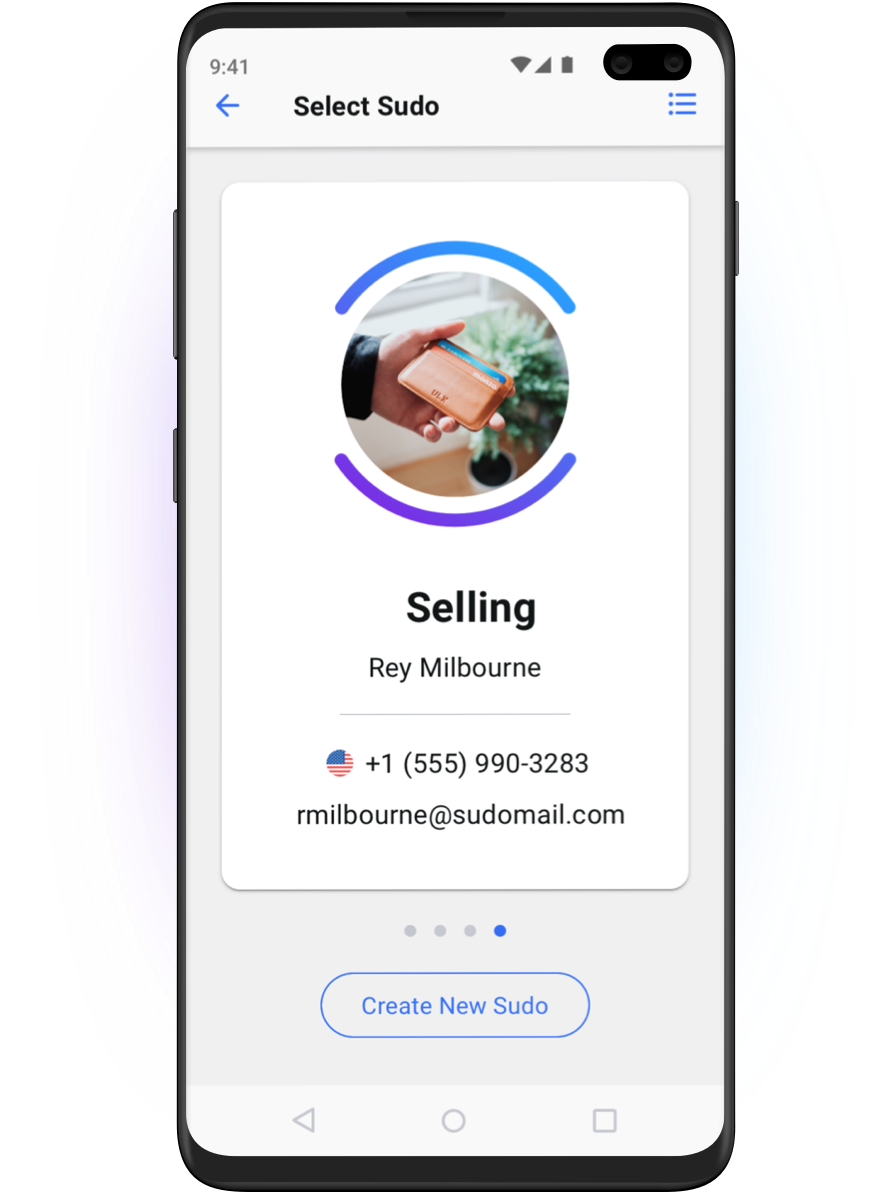Have you heard of dark patterns? They’re intentional UX features of websites and apps designed to make it harder for you to do what you want, either through complexity or deception.
You can think of dark patterns as traps to get more of your personal information and to tempt you into buying products and services.
The motivation for trapping you online is of course profit, either directly through a purchase or indirectly through data sharing, which is at the root of surveillance capitalism and the burgeoning data economy. The more information a brand has about you, the better they can target you with tailored content in the hope you’ll buy. And you probably do because we all do, right?
Harry Brignall, the UX specialist who first coined the term ‘dark patterns’, says a common form is the ‘roach motel’—a maze-like design feature that makes it very easy to get into a situation and very difficult to get out.
Think about the ‘dead end’ you might encounter when you’re trying to cancel your account. This video from the non-profit Dark Patterns initiative describes how Amazon uses the dead end to great effect:
But dark patterns are many and various and can be more subtle than dead ends. In fact, the key to dark patterns is their subtly. All the big platforms use design subterfuge, as this author says, “to push their users towards making choices that negatively affect their own privacy”. For example, Facebook and Google disable some of the more protective privacy settings by default so the user has to opt in, if they realize that’s even an option to begin with. And then opting in takes numerous clicks, making it a more time consuming or even nuisance task.
But it’s not only Big Tech doing it; dark patterns are everywhere. Through the clever (sinister?) use of color, font and point size, any UX designer can bury information (e.g. the unsubscribe link) or lead you down a path you didn’t intend to take (e.g. straight to in-app purchases).
Dark patterns are predicated on the human tendency to skim read digital content. By making information difficult to find, designers are betting you’ll give up if it takes too long. And let’s face it, in today’s digital landscape, “too long” might be a minute or even 5 seconds tops. By lulling you through a series of steps that takes you somewhere tempting such as the shopping cart, they’re betting that once you’re there, you’ll buy.
The darkpatterns.org video gives other examples of dark patterns. How about the web banner that appears to have a dirty mark on it? In trying to brush it off, you click the link to a product page and, voila, you’re down the rabbit hole. Or what about the sense of urgency and FOMO bookings sites create?
Brands use dark patterns because they can. Back in 2015 LinkedIn was fined $13 million for its unlawful use of dark patterns to trick users into giving access to their address books, but generally sanctions are rare. As they say in the darkpatterns.org video, “It’s hard to legislate around the psychological tricks of UX design”.
That said, in 2019 US senators in the state of Virginia introduced legislation to ban certain online platforms from using dark patterns to trick users and from making addicting games and content for children. In their statement at the time the senators said: “Misleading prompts to just click the ‘OK’ button can often transfer your contacts, messages, browsing activity, photos, or location information without you even realizing it.” Later in an interview on CNBC they added that the legislation could be included in an eventual US privacy bill.
Until such a regulatory intervention comes to pass, it’s up to you (and all of us) to stay alert to dark patterns on webs sites and apps and to look for companies that are committed to building consumer trust through good honest stewardship of customer data. We believe those companies will grow in number as privacy continues to be a defining issue of this decade and as consumers grow louder in their call for change.
As Harry Brignall is quoted as saying: “Our best defense against dark patterns is to be aware of them and to shame the companies who utilize them.”
But we know you can go even further by using MySudo, the world’s only all-in-one privacy solution for protecting your personal information. MySudo makes it easy to control where and with whom you share your data, and powerfully protects that data in the event of a data breach.
If you want to find out more about dark patterns, here’s a great reading list. And darkpatterns.org has a Hall of Shame you might want to check out too.







